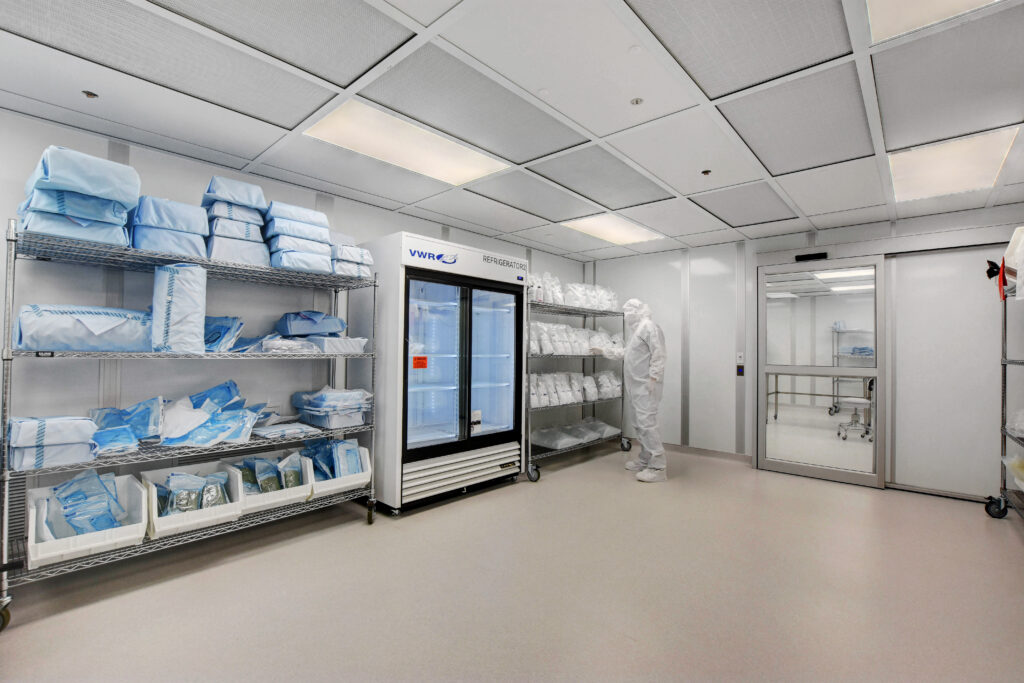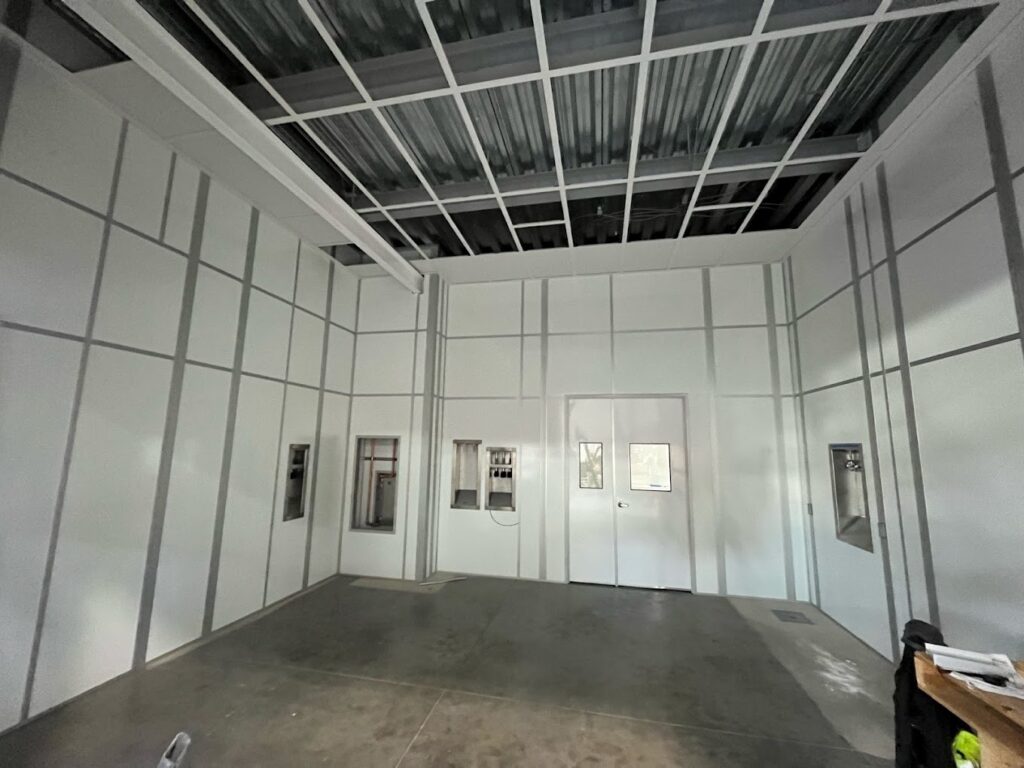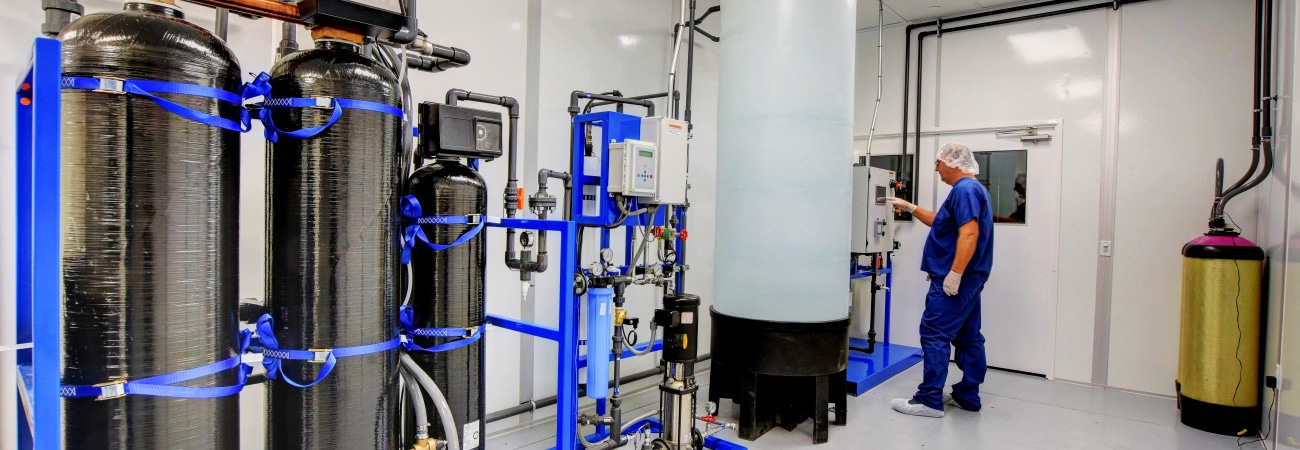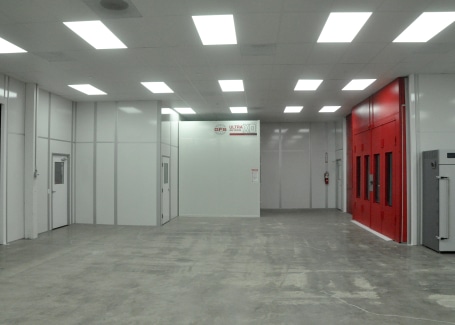Good Manufacturing Practice (GMP) cleanrooms are the backbone of quality products in the medical and healthcare industries. GMP standards are usually applied to cleanrooms used in pharmaceuticals, biotechnology, medical device manufacturing, and other related industries. Similar to ISO standards, GMP standards regulate cleanrooms to ensure that products and activities occur without contamination. In this article, we’ll explore the definition, classifications, design, and other aspects of GMP cleanrooms.
What is a GMP Cleanroom?
A GMP cleanroom is a controlled environment used in the manufacturing process that adheres to Good Manufacturing Practice (GMP) regulations. In the United States, these regulations are enforced by the Food and Drug Administration (FDA). The purpose of these regulations is to make sure that products are made with consistency and quality.
Specifically, GMP cleanrooms are designed to minimize the risk of contamination from particles, whether viable or non-viable. Medical applications, such as pharmaceutical production, medical device manufacturing, and biotechnology, primarily use GMP standards. However, the food and beverage manufacturing, cosmetics, supplements, and fashion industries also apply these standards. GMP guidelines are necessary for keeping standards high across these sectors.

GMP Cleanroom Classifications: Grades A-D
GMP cleanrooms are classified into grades A, B, C, and D. Each grade has specific requirements and uses. These grades are similar to the ISO cleanroom classification system, but there are four classes instead of nine.
Just like the ISO system, each grade determines the level of cleanliness (the limits on the number of particles) needed to meet each level.
- Grade A: The highest level of cleanliness, equivalent to ISO 5. Used for high-risk operations like aseptic filling.
- Grade B: Similar to ISO 5-7. Typically used for aseptic preparation and filling. This grade is important for the preparation and sterilization of medicines.
- Grade C: Equivalent to ISO 7. Used for less critical processes.
- Grade D: Equivalent to ISO 8. Used for general pharmaceutical production areas where the risk of contamination is lower. (This is the “dirtiest” grade.)
GMP Cleanroom Design
There are many factors to take into consideration when designing a GMP cleanroom. Here are a few aspects to keep in mind:
- Layout: The design should minimize contamination risks in the layout as much as possible by separating critical areas from places more prone to contamination.
- Materials: Manufacturers should make walls, floors, and ceilings from materials that are easy to clean, resistant to chemicals, and generally non-porous. Steel and epoxy-coated surfaces are commonly used. Additionally, coving is used to curve corners, making cleaning easier and eliminating crevices where particles can accumulate.
- HVAC and Air Filtration: Proper ventilation and high-efficiency particulate air (HEPA) filters are essential. The latter keep the air clean (with over 99% efficiency) by removing tiny particles from the air before entering the room.
- Pressure Differentials: Getting the pressure right in these spaces is also important. Cleanrooms use positive pressure in areas that need to stay clean and keep contaminants out, and they use negative pressure in areas that need to contain or prevent contaminants from leaking.
Both the rest and in operation states must be considered when designing these systems. This is because, as you might expect, particle levels will be different when at rest versus when fully operational. Humans and certain equipment can significantly contribute to airborne particles in the space.

GMP Cleanroom Monitoring and Control
Environmental monitoring is an important part of operating a GMP cleanroom. It involves regular checks to ensure that the cleanroom environment remains within the required standards.
- Monitoring Systems: Particle counters, microbial samplers, and other monitoring devices are used to measure air quality.
- HVAC Systems: Heating, ventilation, and air conditioning (HVAC) systems control temperature, humidity, and air pressure to maintain conditions.
- Regular Checks: Routine monitoring and validation are necessary to detect any deviations and address them promptly.
Personnel and Training in GMP Cleanrooms
The role of personnel in maintaining a GMP cleanroom is indispensable. Making sure personnel receive correct training and adhere to GMP protocols is an important part of operating such cleanrooms.
- Training Requirements: Staff must train on cleanroom protocols, proper gowning procedures, and hygiene practices.
- Gowning: Personnel must wear appropriate cleanroom attire, including gloves, masks, and gowns, to prevent contamination. (Humans make up a significant portion of contamination in cleanrooms.)
- Hygiene Practices: Personnel must follow strict hygiene practices, such as handwashing and use of sanitizers.

Cleaning and Maintenance of GMP Cleanrooms
In order to keep GMP cleanrooms in top condition, regular cleaning and maintenance are paramount. These practices can prolong the life of the cleanroom.
- Cleaning Agents: Use cleaning agents and disinfectants that are effective yet safe for cleanroom surfaces (you don’t want chemicals that cause the materials to break down).
- Cleaning Protocols: Follow detailed cleaning protocols that specify the frequency and methods for cleaning different areas.
- Maintenance Checks: Carry out regular maintenance checks to identify and address any issues.
GMP Validation and Compliance
Validation and compliance are integral to ensuring that GMP cleanrooms meet all regulations. This involves a series of steps to verify that the cleanroom operates correctly.
- Validation Steps: These include Design Qualification (DQ), Installation Qualification (IQ), Operational Qualification (OQ), and Performance Qualification (PQ).
- Documentation: Keep thorough records of all validation processes and monitoring activities.
- Compliance Issues: Be aware of common compliance issues and take steps to avoid them.
The Bottom Line
GMP cleanrooms are necessary in many medical applications, including biotechnology, medical device manufacturing, and pharmaceutical production. By understanding GMP cleanrooms, companies can create clean spaces that support high standards in production.







